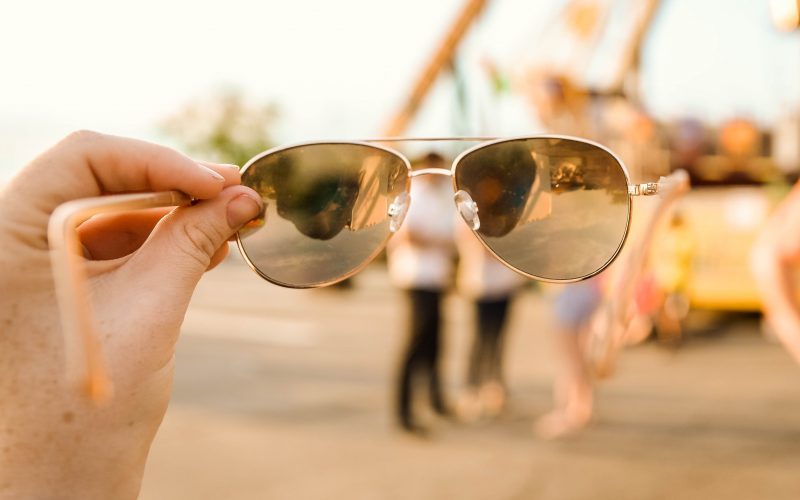
I’ve just finished reading Invisible Women by Caroline Criado Perez. It’s based on the premise that the world is designed by men for men. It shines a light on the unconscious bias that means women are discriminated against without knowing it and don’t get the same access to opportunities as men. It highlights assumptions and gaps in data that form decisions about the world around us. From heart attacks, to clearing snow, to urinals it certainly makes you think.
We all have bias.
The dictionary defines bias as an ‘inclination or prejudice for or against one person or group, especially in a way considered to be unfair.’
Through the experiences that we have that shape our view of the world we all develop preferences and along with them a whole spectrum of biases. Consciously or unconsciously, perhaps you have a bias about gender, age, sexuality or ethnicity? Do you have affinity bias where you’re more likely to like people who are similar to you? Or a bias referred to as ‘halo or horns effect’ where you assume someone is great or awful in all areas, because of their performance in one? How about recall bias where you remember and place greater emphasis on recent events over past ones when making decisions? Or do you prefer conformity and have a bias towards agreeing with the rest of the group? Or confirmation bias where you look selectively for information to back up a pre existing view rather than treating all new information equally? Or what about a beauty bias equating beauty with competence and likability and lack of beauty with incompetence or being less liked?
The list goes on.
Have you ever (wrongly) assumed someone will respond to a situation in a certain way or made snap decisions about people based on how they look and act? Whether its conscious or unconscious we all have bias, based on our previous experiences and or unique view of the world. Whether you like people who have dogs better than cat owners, assume that because someone works in a bar they’re not ambitious or assume that a classically beautiful person must be in a senior role because of their looks you have a bias.
Bias is an inevitability in life. However Invisible women highlights some areas where unintentional unconscious bias can mean the difference between life and death. For example,The Yentl Syndrome. The phrase is taken from the 1983 film Yentl starring Barbra Streisand in which her character plays the role of a male in order to receive the education she wants.
Dr. Bernadine Healy named ‘The Yentl Syndrome’ in a 1991 academic paper about the different course of action that heart attacks usually follow for women than for men. This is a problem because much of medical research has focused primarily on symptoms of male heart attacks, and many women have died due to misdiagnosis because their symptoms present differently.
Yikes.
What might I do about bias?
The first step is to acknowledge that as a human you’ll have biases. Start to notice and check yourself. This isn’t about being judgemental about your bias, just start to recognise them and get into the habit of asking yourself, ‘what bias is at play in the decisions I’m making?’
If you notice bias in your day-to-day world, ask ‘why?’ For example, there are very few women in leaderships positions in my organisation. Why?
For any sort of bias that you want to address you might choose to adjust some systems and processes. For example, many orchestras now hold blind auditions with a screen between the judges and the people auditioning to readdress a gender bias.
Back in the 1970s only 5% of orchestra musicians were women. The balance is shifting slowly to average 25% women (and if that sounds like a very long time its because orchestra players stay a long time so there’s not much opportunity for new recruits). Even a screen, so the decision makers can’t see the auditioning musician doesn’t always work. Aspiring musicians were instructed to remove their footwear before coming onto the stage so the sounds of women heels as they walked behind the screen didn’t influence judges.
If you work in product development (I’m likely preaching to the converted here) involve your users in the development of products and services. It helps to reduce bias and design products and services that are fit for purpose. Unlike the houses in disaster relief projects highlighted in Invisible Women that were made and designed by men… without kitchens.
Bias is inevitable. Regardless of your gender I’d recommend Invisible Women. It highlights the data gaps around women that we don’t ever notice or question. What other biases and data gaps are there? Start to notice. Hold up a mirror and start with yourself.
Confirmation bias is one of the topics that we’re taking a deeper dive into in the Lucidity Network next year. If you’re interested in taking charge of your self development to get the results you want in 2020 join the Lucidity Network today. Check out this link.
